
Tuberculosis and how to treat it
Tuberculosis is a very serious disease that affects lungs in the first place. It is contagious, which means that it can be spread from one person to another, and for something like that to happen, even a tiny little droplet released into the air is enough. A number of infected people has been constantly increasing over the past three decades, and even though the treatment is possible and constantly advancing, a significant number of cases ends fatally every year, particularly in Africa and Asia.
There are two types of tuberculosis, latent and active. Latent or inactive refers to cases in which people who are infected don’t develop any signs and symptoms because of their strong immune system, and this type of tuberculosis is not contagious, unlike active, which is very serious and which is characterized by tiredness, fever, chills, loss of appetite, and weight, without any logical explanation. Since this disease affects lungs, it is not impossible that the symptoms will include coughing for more than three weeks, coughing up blood, or pain in the chest either when breathing or when coughing. Besides lungs, it can also affect other parts of the body, such as kidneys, brain and even spine, but in such cases, the symptoms will be different, and they will depend on the affected organ or part of the body.
The main causes of tuberculosis
When it comes to the cause of this serious and contagious disease, a microorganism called mycobacterium tuberculosis is identified as the main culprit. What is possible is that a person with latent tuberculosis may develop active form of it even years later, which will happen if, at some point, the bacteria begins to multiply suddenly, though the reason why this happens is not really known.
There is a belief that weakened immune system may be responsible for this reactivation of the bacteria, either because of the malnutrition, abuse of drugs or alcohol, chemotherapy, or even longer use of corticosteroids, for example. However, the good side is that tuberculosis can be treated and that people cease to be contagious about two weeks after the treatment. The treatment will last much longer than the treatment of other bacterial infections, approximately from six to nine months, and it will consists of four medications, isoniazid, ethambutol, rifampin, and pyrazinamide, all taken at the same time, though a few months later, one or two medications might be withdrawn from the treatment. Hospitalization is very common for the initial period, and it lasts until the patient stops being contagious.


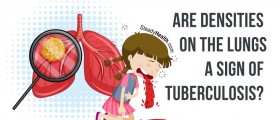

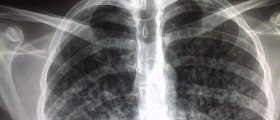
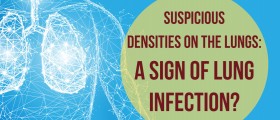

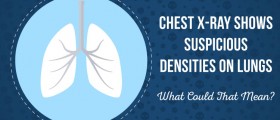








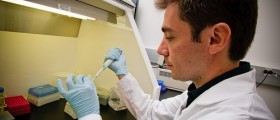
Your thoughts on this
Loading...